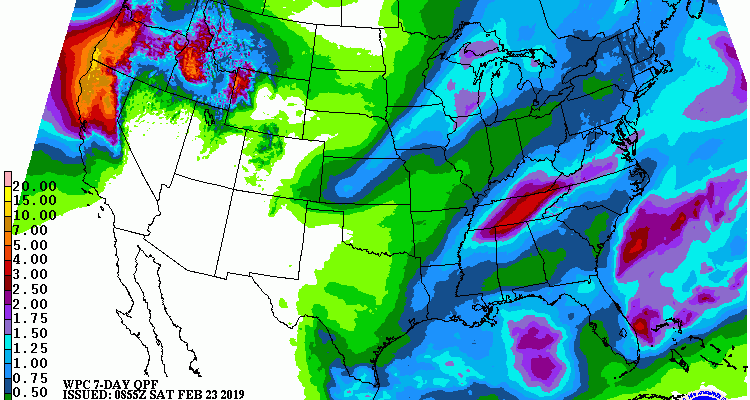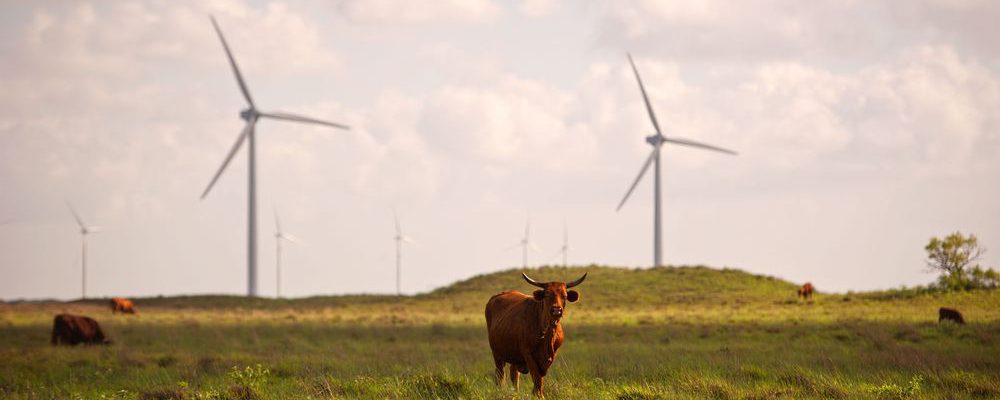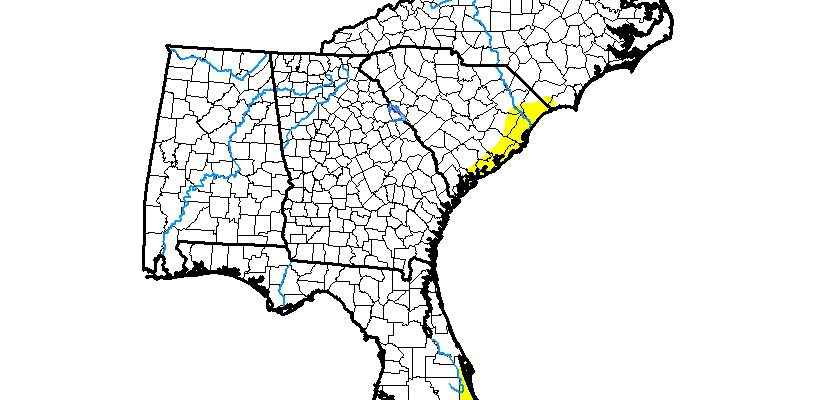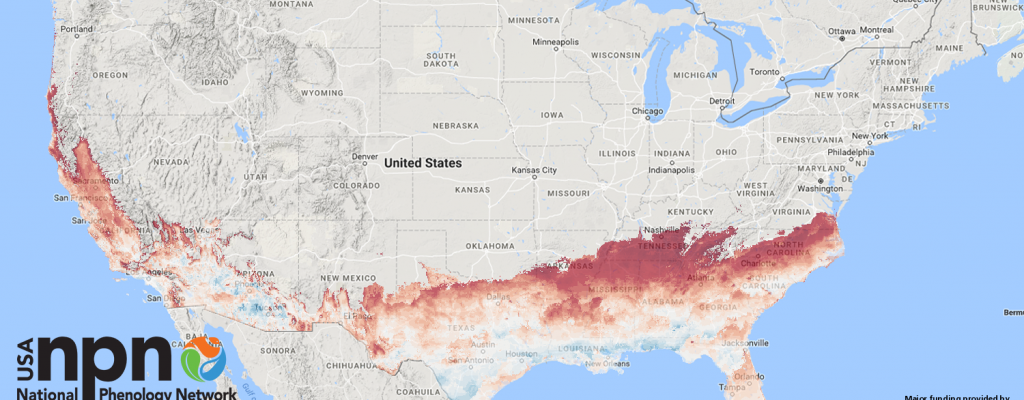February 2019
-

The latest 7-day QPF map shows that rainfall for the next week should be seasonal, with most areas receiving between half an inch and 1.5 inches of rain. The driest part of the region will be a band stretching from Alabama to South Carolina along the coastal plain, with higher amounts to the north and…
Posted in: Climate outlooks -

If you’ve ever had tupelo honey, you know what a treat it is. I was interested to read a story about the tupelo bloom being affected by Hurricane Michael in the latest IFAS newsletter today. According to the story, the tupelo trees were so stressed by the hurricane winds that their blooming season is all…
-

I frequently get asked questions about questionable information that people have found online in social media and elsewhere on various aspects of climate science. Here is a good discussion of three myths related to clean energy and how understanding them can lead to a better understanding of climate science and climate change. You can read…
-

Here is a neat map which shows the range of tree diversity across the entire earth, as compiled by a combination of ground surveys and satellite scans. You can see many areas where there are no trees at all (deserts, American central plains, Arctic) and other areas where the variety of trees is very diverse.…
-

The latest Drought Monitor, released this morning, shows that all drought has now been removed from the Southeast, leaving a small area of residual abnormally dry conditions along the east coast of the Florida peninsula. That may well be removed in the next week as they are forecast to get a good bit of rain,…
Posted in: Drought -

The latest outlooks from NOAA’s Climate Prediction Center were released this morning. They show temperatures in the southern and eastern parts of the Southeast in March and in the whole region in March through May are leaning towards warmer than normal values. Precipitation for both March and the March-May spring season are leaning towards above-normal…
-

The National Phenology Network tracks the advance of the “green wave” of first leaf and first bloom moving north in spring using volunteer observers who report their observations to the NPN. They have maps which show the progression of spring leaf out and first bloom on their web site, including an update on how this…
Posted in: Climate and Ag in the news